It wouldn’t be a “lye” if I told you that ALL soap is made with sodium hydroxide.
Lye and sodium hydroxide are the same thing.
You can occasionally find this at your local hardware store. Just make sure you are getting 100% sodium hydroxide. But to be extra careful and save money, I recommend purchasing it from a supplier. Sodium hydroxide is a highly corrosive substance and safety precautions must be followed when using it.

How is Lye Made?
Where does sodium hydroxide come from? Sodium hydroxide (along with chlorine stemmed from the same process) is the result of a salt solution (sodium chloride in water) processed by electrolysis. Salt deposits are found all over the world, some of the most pure deposits are found underground. The salt is mixed with water and pumped from the earth as salt brine. It is then put through the process of electrolysis to make sodium hydroxide and chlorine. Electrolysis is basically a method of passing an electric current through a liquid or solution.
Lye Safety
When handling lye, you must wear safety goggles to protect your eyes and gloves to protect your hands. One splash of lye solution into your eye can permanently damage your eyesight.
Always make sure your environment is free from distractions including pets, children and other family members.
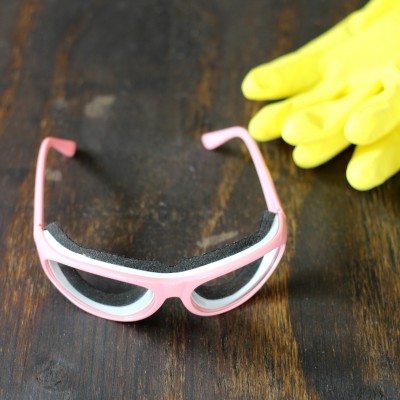
Snow Falls on the Lake, Lye Falls on the Water
When making your lye solution, always add your lye to the water- NEVER add your water to the lye or a volcanic eruption can occur. One way to remember this is to say to yourself, ‘snow falls on the lake, lye falls on the water’. Make sure you mix your lye in a well-ventilated area as it does let off fumes when first mixed with water.
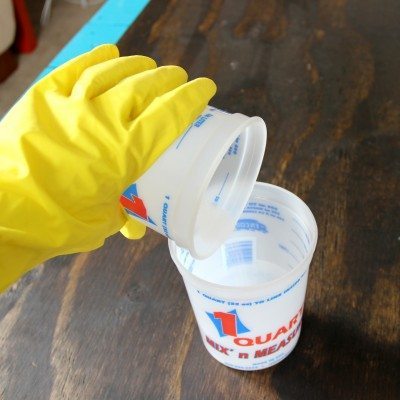
Storing Your Lye
Keep your lye stored in a cool dry area. Under the sink isn’t actually the best place, as lye LOVES moisture.
Make sure your storage container is air-tight.
Avoid Aluminum
Lye reacts with aluminum. Make sure that none of your utensils or containers are aluminum. Stick with stainless steel. Here are some containers to use when soapmaking.
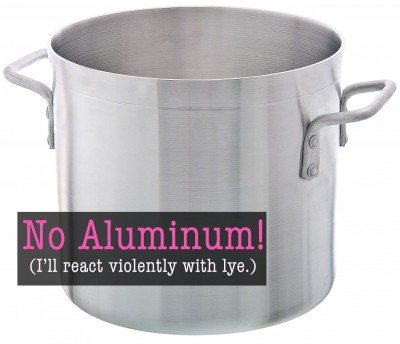
An Important Note on Vinegar
If you’ve done some research on soapmaking you have heard or come across that vinegar is often used to neutralize lye. Though this is true, you never want to use vinegar on your body to neutralize lye solution you might have splashed on yourself. This is because vinegar neutralizes lye by “flashing it out” and can cause an even greater burn by doing so on your skin. If lye has gotten onto your skin, simply rinse off with cold water. If lye has gotten into your eye, rinse with water and contact poison control or go ahead a get to the emergency room. Lye can permanently damage your eye causing blindness. No matter how comfortable you become with soaping, always wear proper eye protection. It only takes one splash to damage your eyesight forever.
If you spill lye on the counter or floor you can spray with a vinegar solution to neutralize and wipe up with a paper towel.
Bottom line: If you get lye on your skin, flush with water. If you get lye on a surface, neutralize with vinegar and rinse/wipe up with water.
Keep a copy of an MSDS for sodium hydroxide (your supplier can provide one) nearby and the number to poison control written on it. An accident probably won’t happen…but if it does…you’ll be ready. Make sure all of your family members (adults and kids) understand the danger of sodium hydroxide and what it can do. Clearly mark all containers that will hold your lye solution so no one wondering through the kitchen on soaping day confuses it for a beverage. Again…not likely…but anything is possible
Happy Soaping!
-Amanda Gail

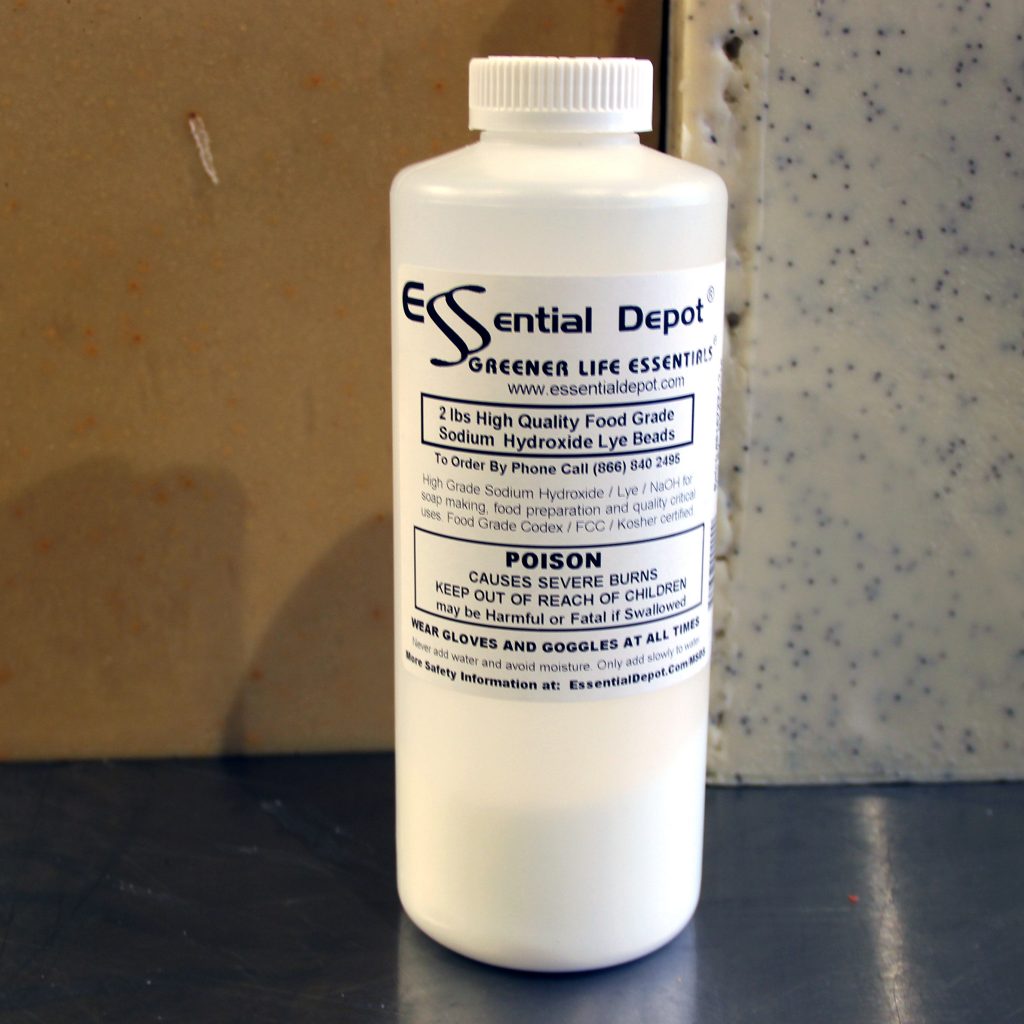
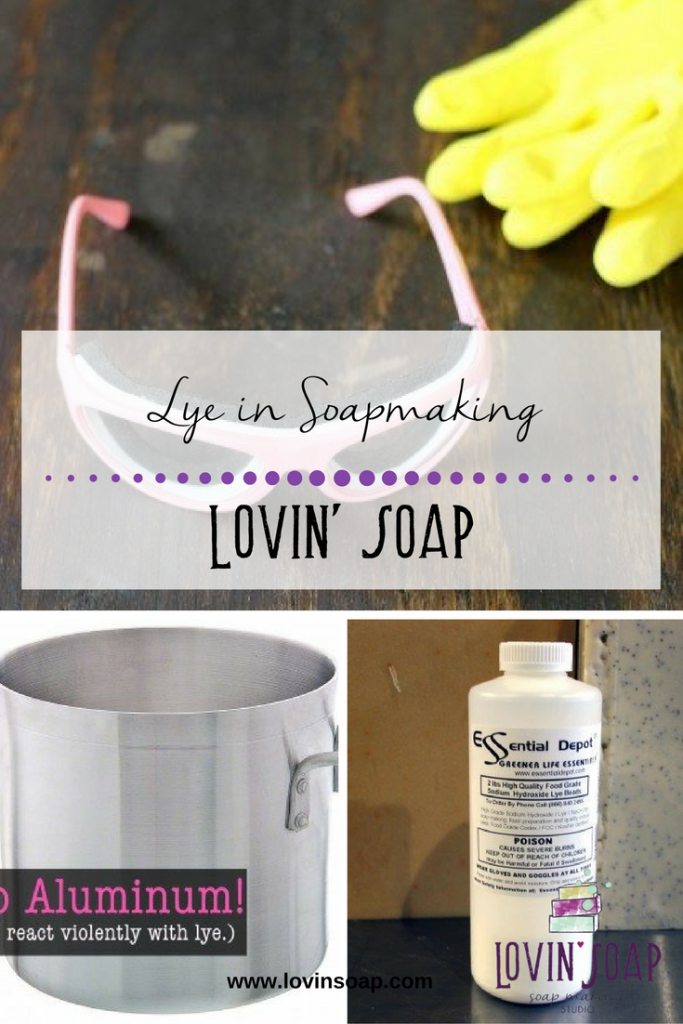
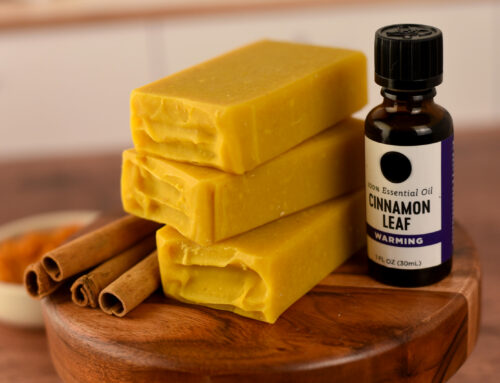
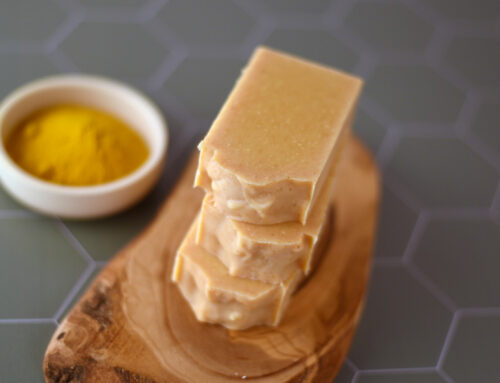
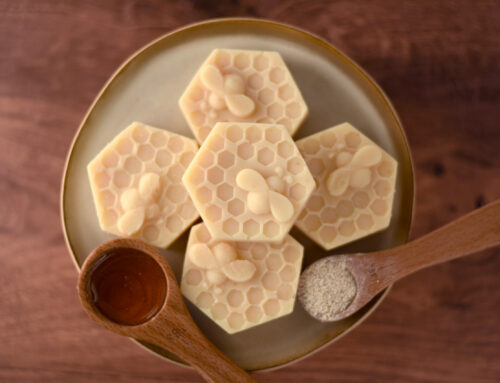
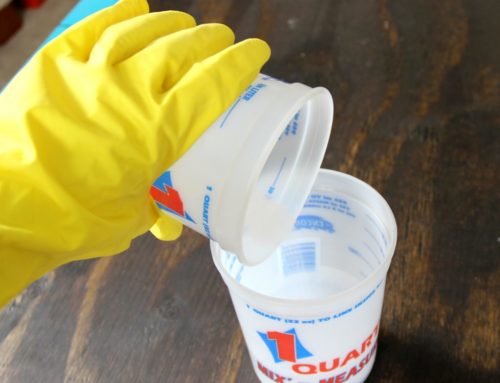

This is a lot of very important information for anyone making soap. New soapers are often scared to try cold process because of the lye but with the proper protection and knowledge Soapmaking is perfectly safe! Thanks for sharing this Amanda. =)